ILO’s gather to bolster ESS innovation framework

CATANIA—The Sicily-based laboratory of Italy’s National Institute for Nuclear Physics, Laboratori Nazionali del Sud (INFN-LNS), served as host for a two-day workshop for the Industrial Liaison Officers (ILOs) and In-Kind Field Coordinators (FCs) of the European Spallation Source (ESS). BrightnESS²’s innovation and industry work package sponsored the February 19-20 event as part of the Horizon 2020 project’s mandate to expand and strengthen the ESS innovation framework. The ESS ILO network includes officers from all 13 member states of the European Spallation Source ERIC.
The workshop is the second in a series of two, and aimed to build on the June 2019 ILO workshop in Budapest. With the stated goals of examining the innovation capacity of ESS and evolving the best practices of its ILO network and FCs, the workshop tackled two main questions:
- How can the ILO and FC networks evolve as ESS moves from its construction phase into operations?
- How can ESS best and most efficiently provide transparency in ESS procurement data in order to aid the innovation process?
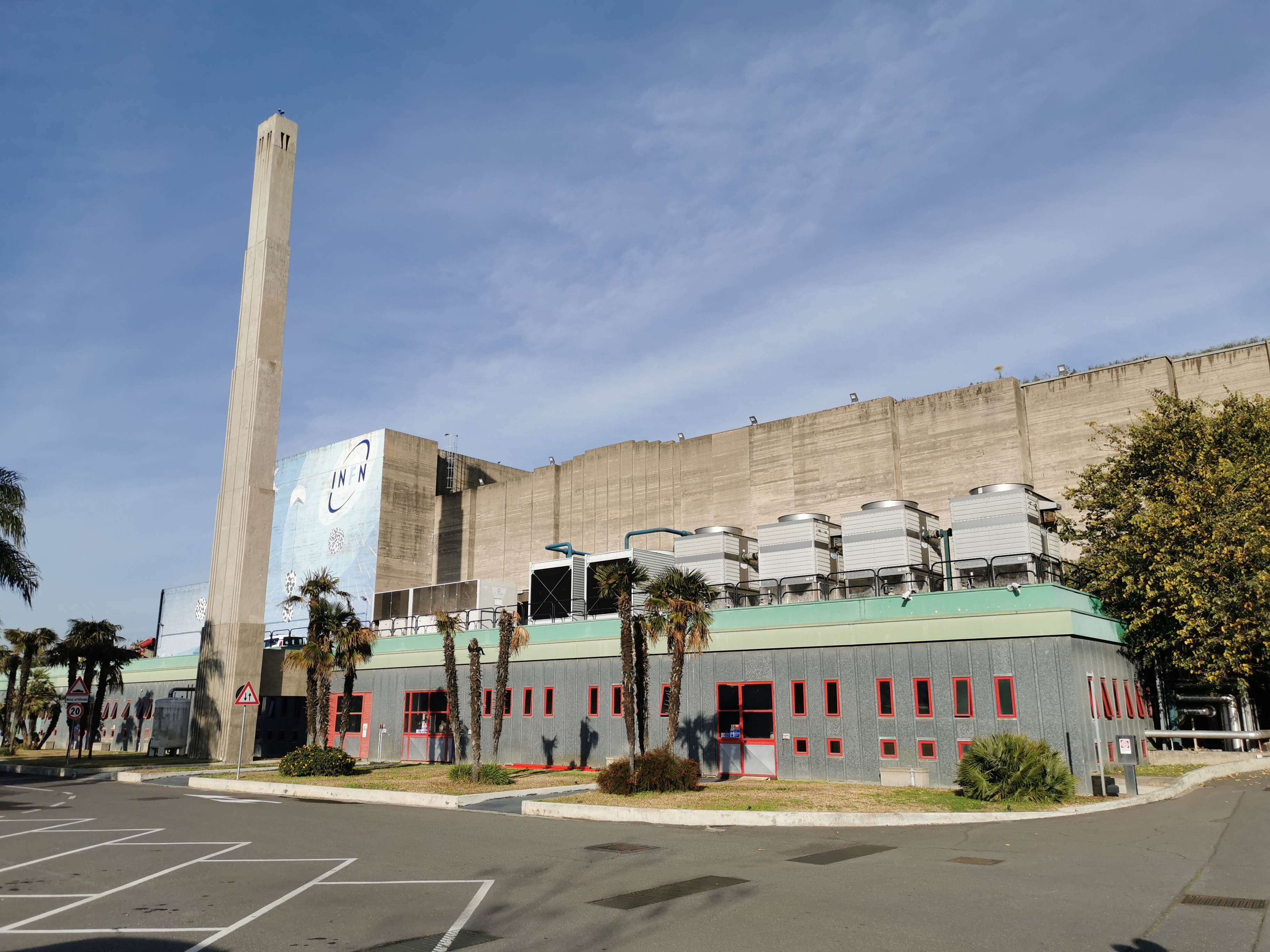 |
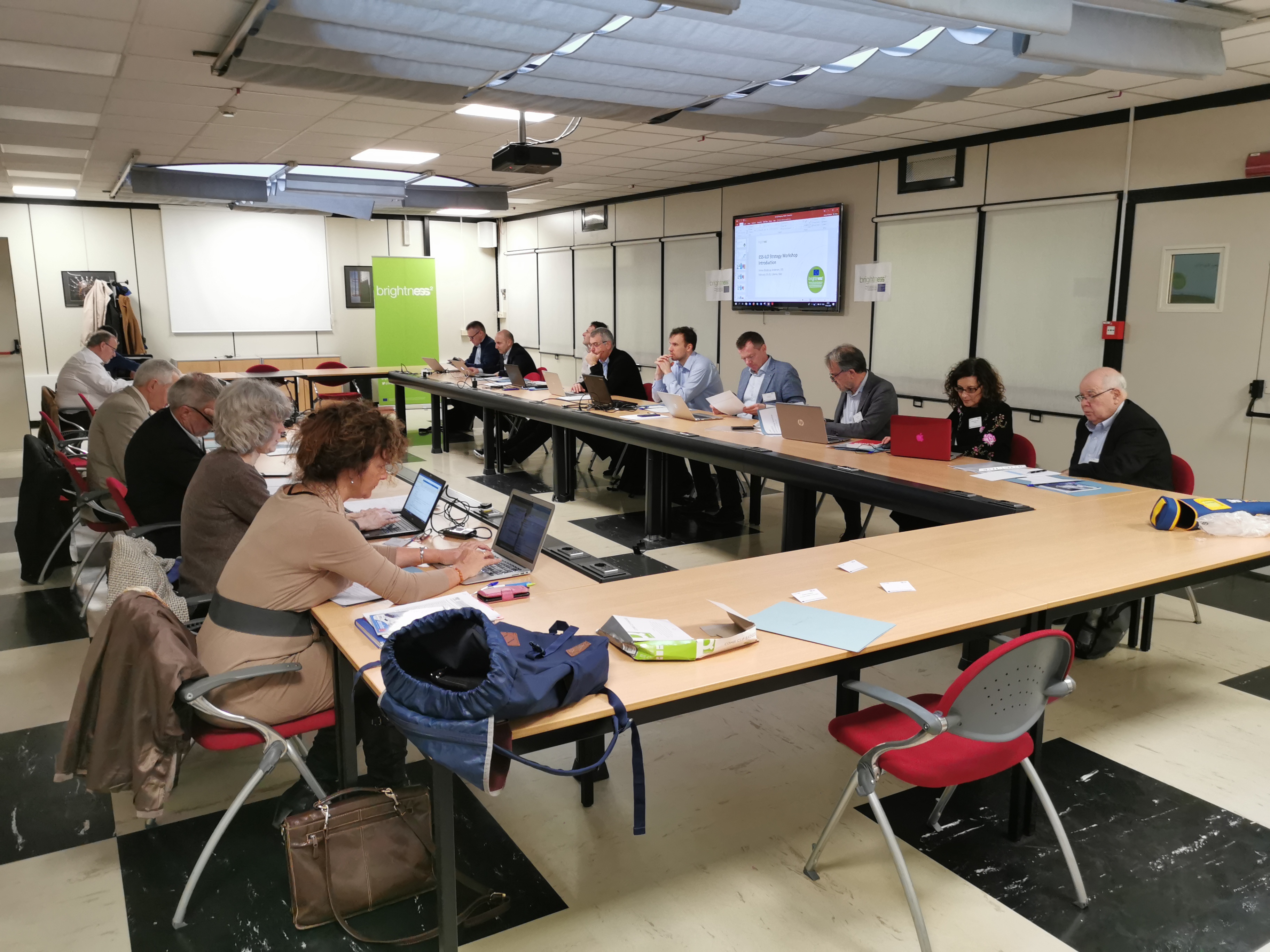 |
 |
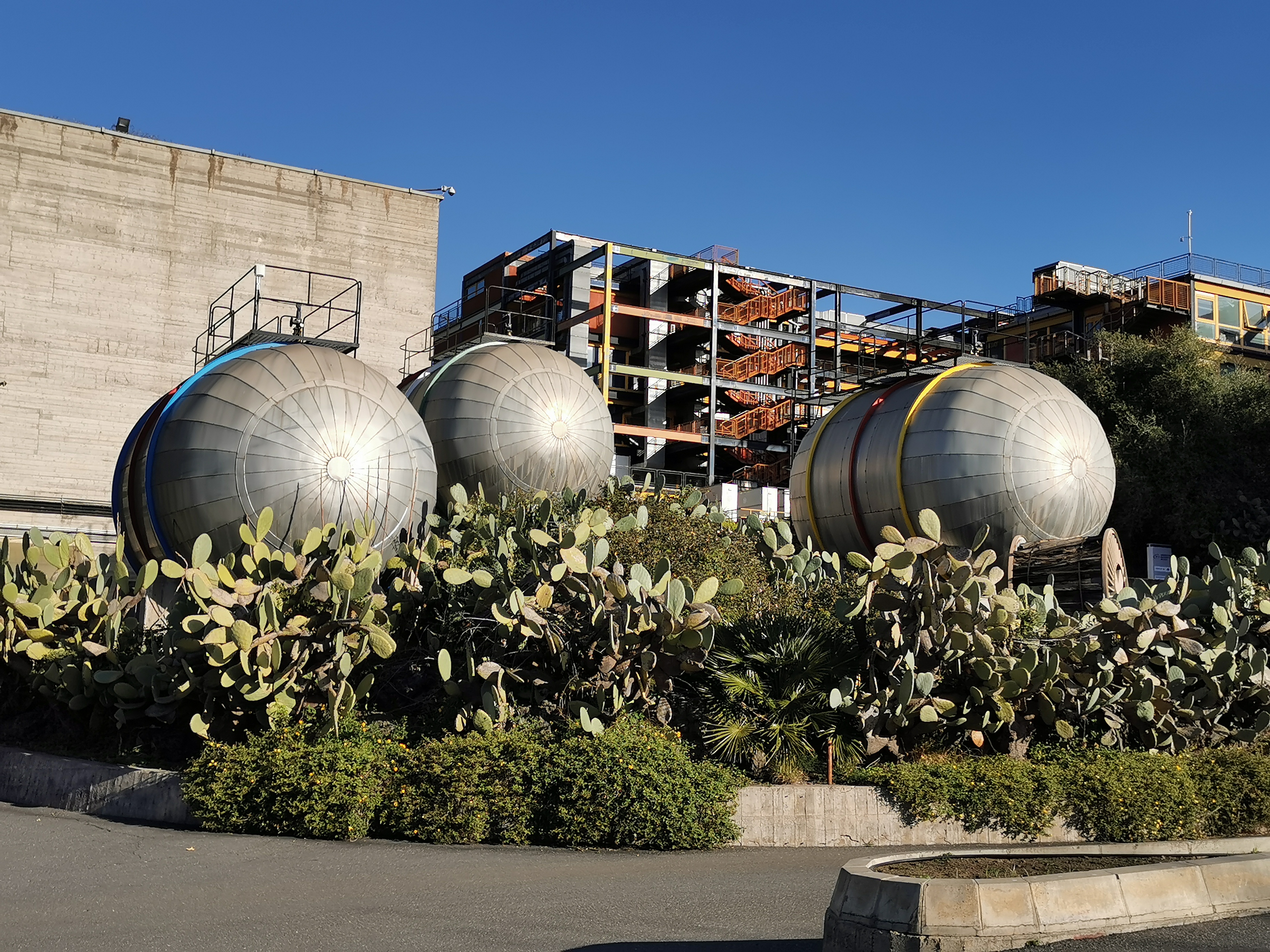 |
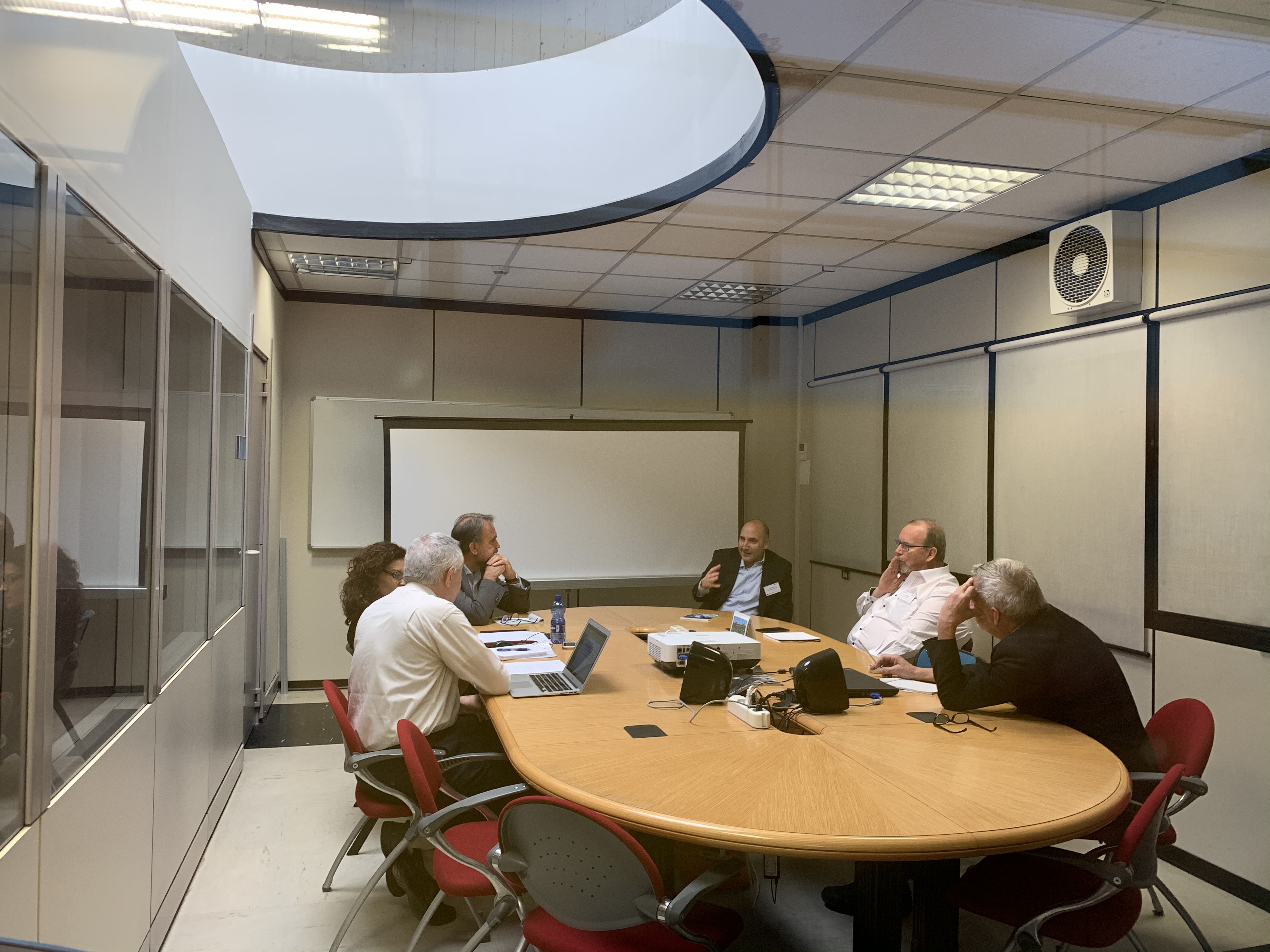 |
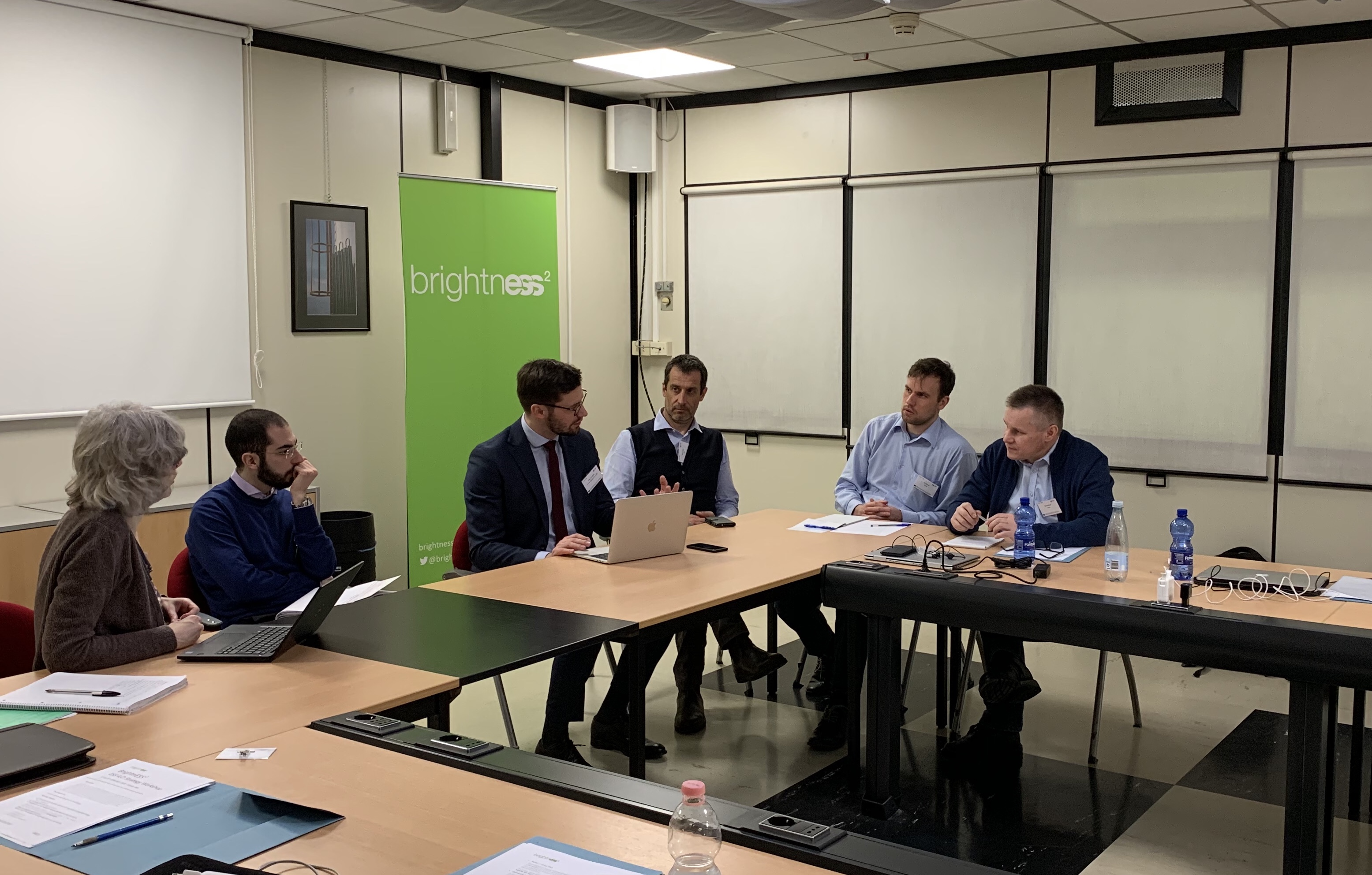 |
The first day of the workshop was dedicated to the innovation potential of ESS and its extensive technical and scientific in-kind activities spread across all 13 of its member states. Following opening presentations by BrightnESS² Industry and Innovation Work Package Leader Jimmy Andersen and ILO Chair Arne Jensen of Denmark, the 20 workshop participants broke out into three working groups to evaluate different innovation perspectives based on examples from current and past ESS activities.
“The working groups came up with some very promising opportunities and ideas,” said ESS’s Andersen. “All attendees reaffirmed that there is great potential in our ILO network to exploit the value propositions and collaboration possibilities identified in the workshop.”
The second day was dedicated to discussions on ESS procurement data. ESS Head of Procurement Mirko Menninga opened the discussion with a numerical analysis of various levels of procurement at ESS.
“We had some very good discussions on backgrounds and procedures,” said Andersen. “We are not completely where we would want to be, but we have taken a big step in the right direction. The transparency is important for both the ILO network and for ESS, so we can understand and discuss challenges on a fact-based foundation.”

